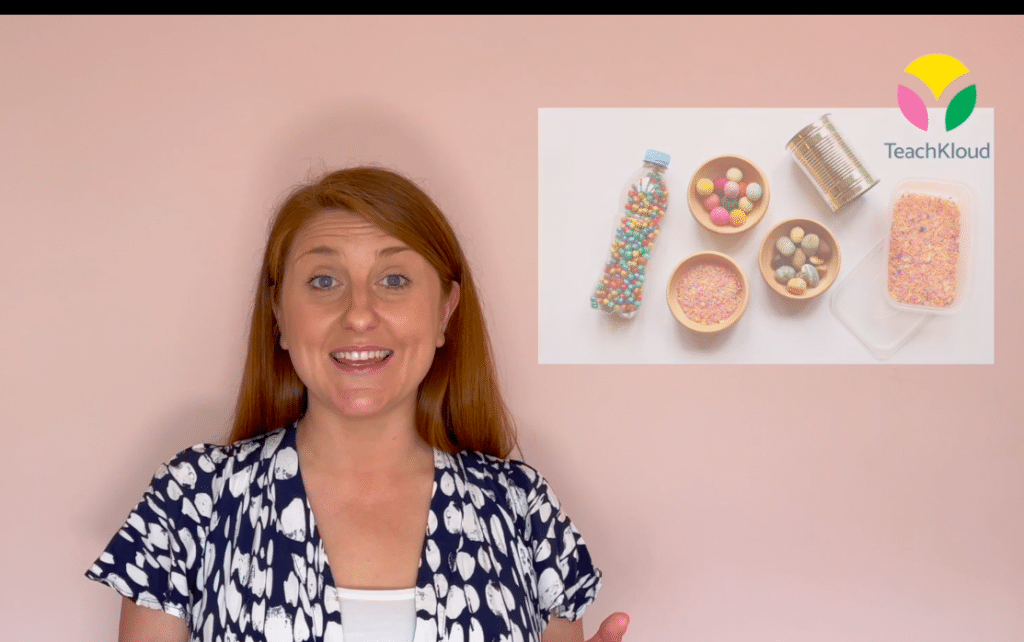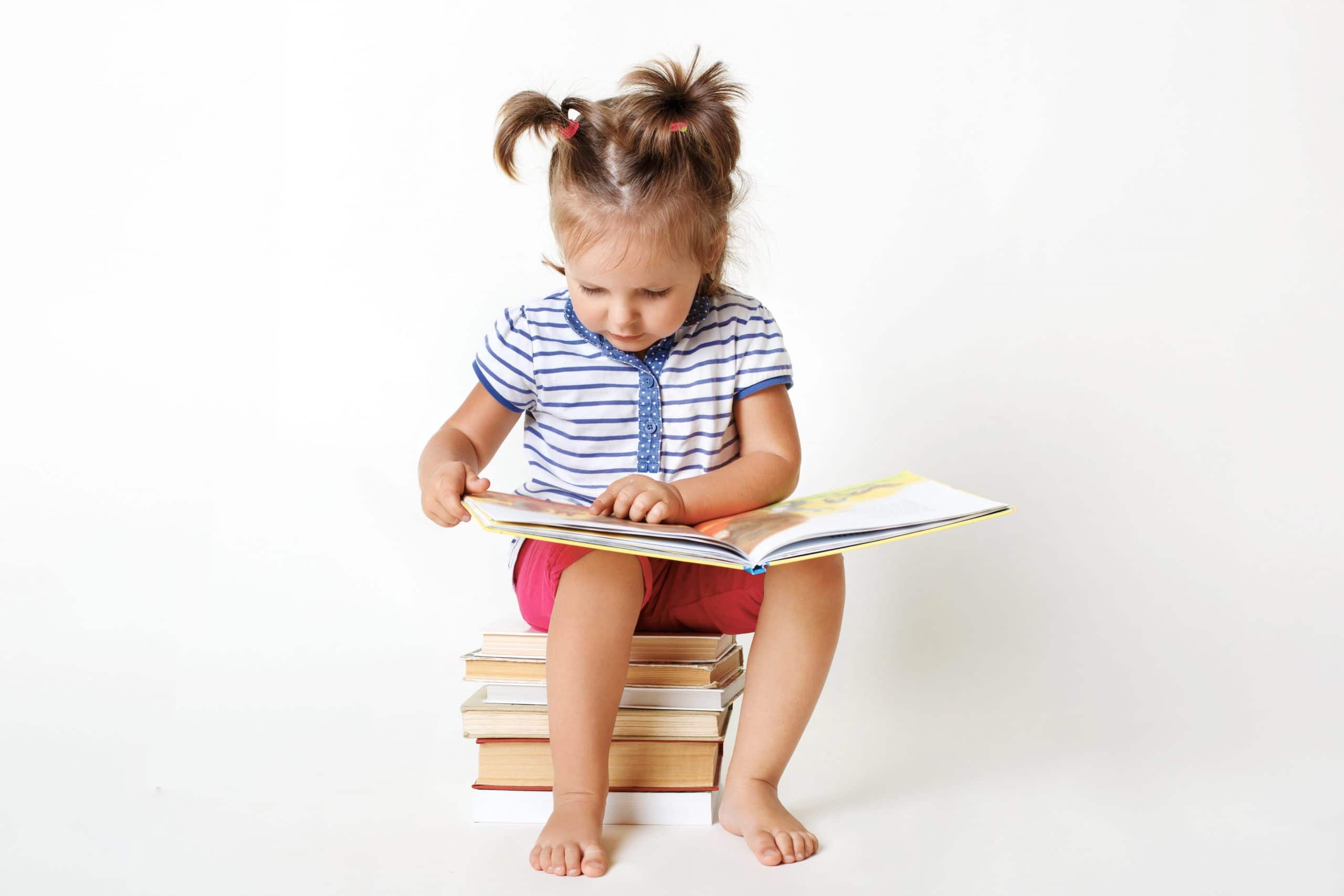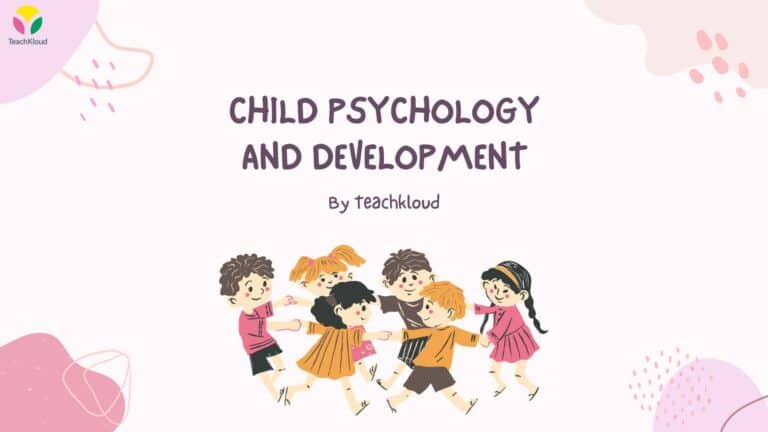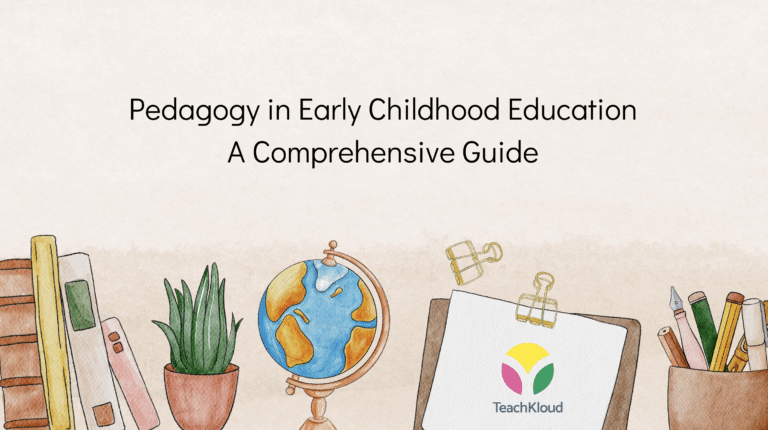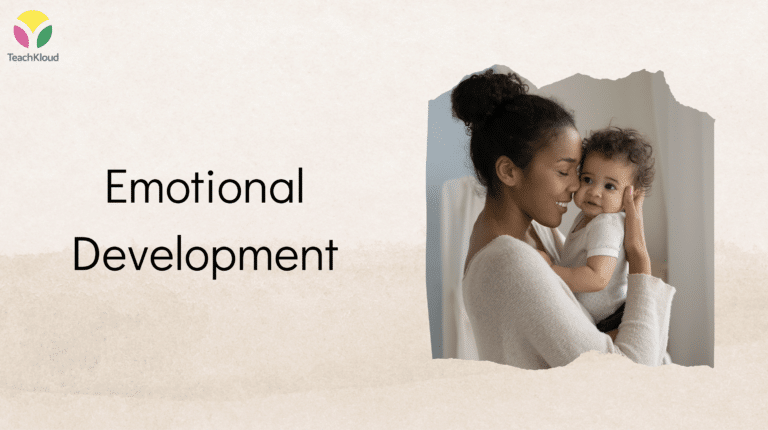Sensory Play in the Early Childhood Learning Environment
If you’re looking for ideas for incorporating sensory play into your learning environment or for a certified course on sensory play, check out our video series here. This post explains the basics of sensory processing disorder. Always consult a registered and qualified professional, if you suspect that a child in your care is showing signs of sensory processing disorder.
Sensory Processing Disorder – The Basics
Did you know that ‘1 in every 6 children experiences sensory processing disorder symptoms that may be significant enough to affect aspects of everyday life functions?
Sensory processing is how our brains take in and respond to information received from our senses. Our brains are constantly processing a huge amount of sensory information. This includes light, temperature, sounds and even the feel of our clothes against our skin.
Children who have additional needs or sensory processing disorder may be:
- Oversensitive (hypersensitive) to sensory information
- Under sensitive (hyposensitive) to sensory information or
- Have a mixture of both
If a child is hypersensitive, they may have been described as “easily overwhelmed” or even “clumsy.” This is because they may become overstimulated by the amount of sensory information their brains are having to process. This may present itself with the child becoming very upset or distressed. As a result, the child may withdraw to reduce the sensory overload. However, if a child is under sensitive, they may often look for ways to increase the amount of sensory information that their brain is receiving.
Children with under sensitivity may have a reduced sense of pain. Furthermore, The child may also need to increase their sense of movement by rocking. Additionally, it is important to remember that children will present these additional needs in different ways. That is, sensory processing disorder exists on a wide spectrum. As such, we should be careful not to label children and to always consult experts in the relevant area.
Sensory Play and Additional Needs
Once you have noticed that a child in your setting has a sensory additional need or you suspect that they may have sensory processing disorder, how can you support them? Firstly, speak to the parents or carers of the child. Parents and carers are the experts on their children and they may be able to give you a wealth of information about how to best support their child in your setting.
Next, speak to other professionals. If your setting has a SENCO discuss your concerns with them. However, if you do not have access to a SENCO, then services such as CAMHS (UK), AIM (Ireland) or relevant organisations in your country can help.
Make a list of the triggers for the child. Follow these steps, adjusting, to fit the needs of the child:
- Ask yourself, if the the child becomes overwhelmed during playtime when there is lots of noise or other children?
- Do bright lights, sounds or certain textures cause them distress?
- Identify their triggers
- Make a plan to support the child in managing these triggers. Where relevant, ask yourself questions like, could the child spend playtime in a quieter area with a few friends, or could the lights in the classroom be dimmed?
Sensory Play: Moving from Theory to Practice – Online, Short Course for Educators and Parents
Looking for ideas to incorporate meaningful sensory play into your learning environment? Looking for a certified course on sensory play? Weve got you covered! Check out our video series here! Register Free Now.
